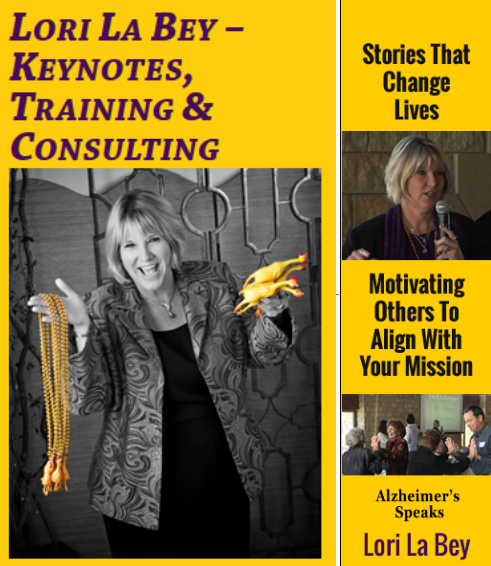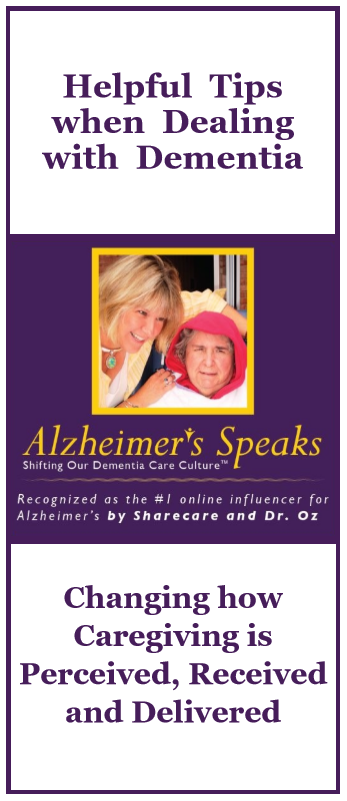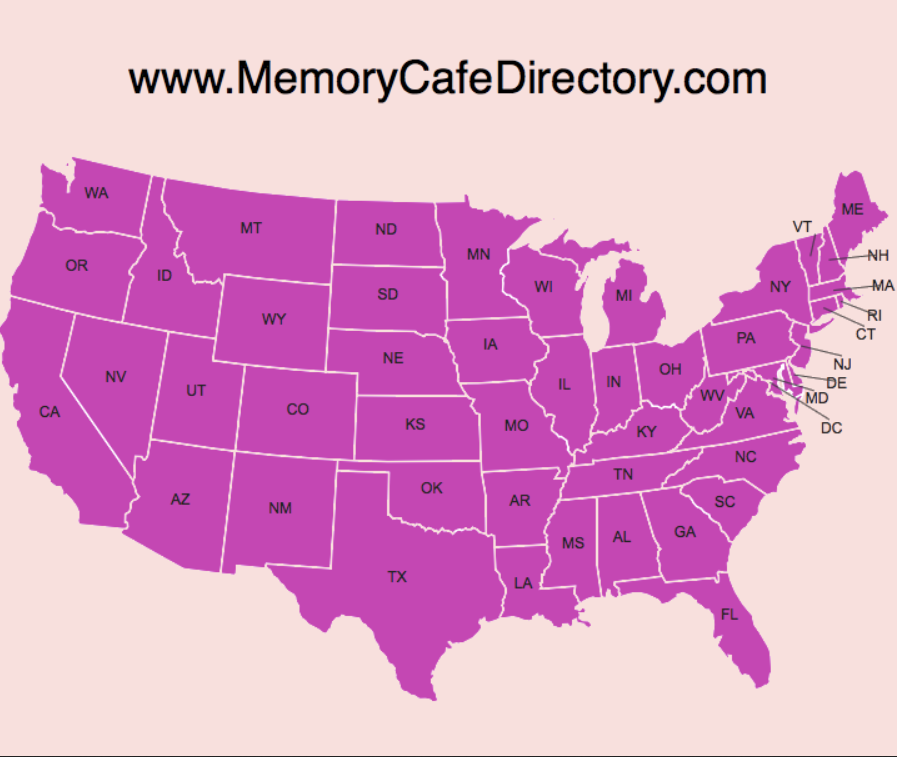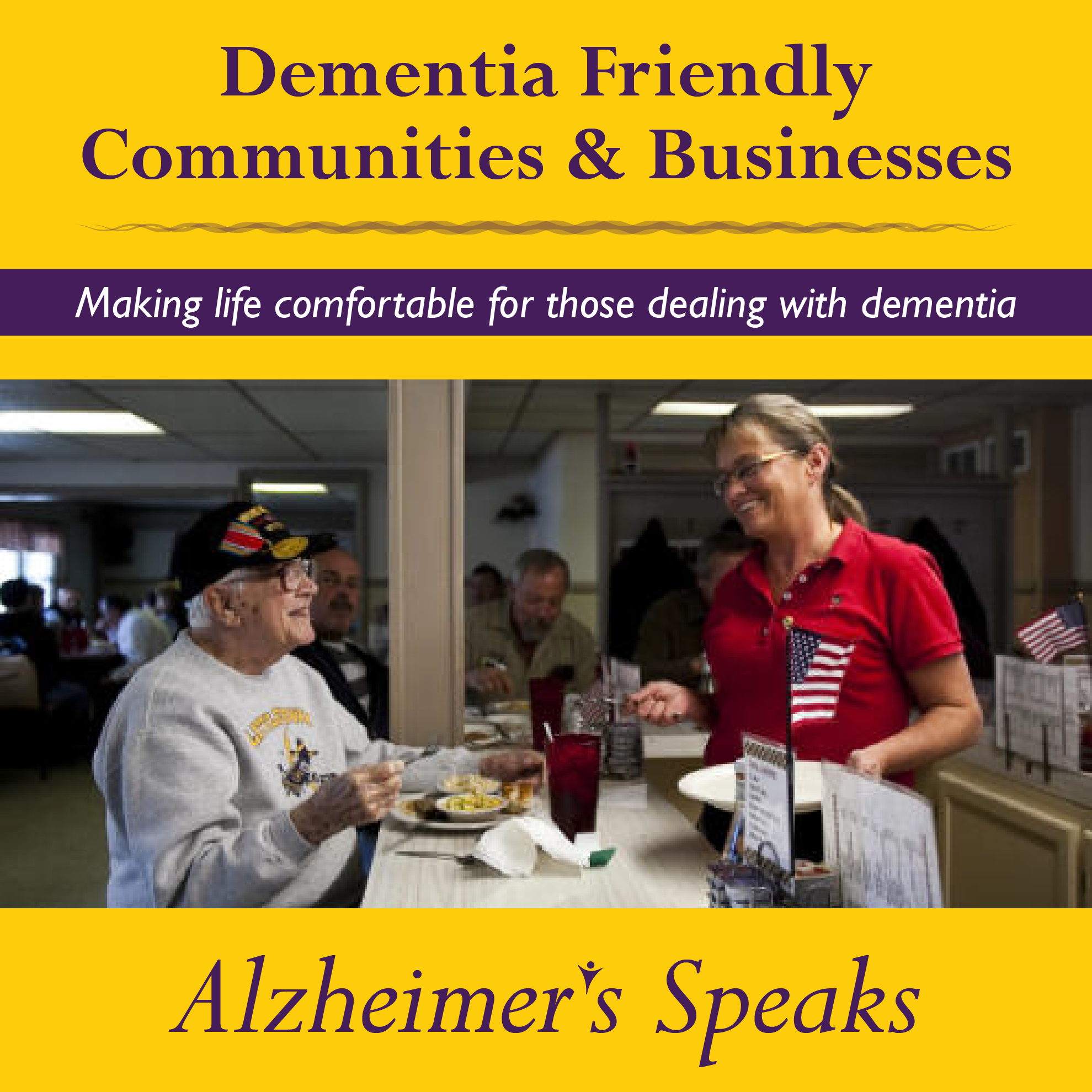Justice for Elders – Legislators Can’t Hide in the Sand Anymore!
We Can’t Put Our Heads
In the Sand Anymore!
Legislators –
We Need You To Listen and Act!
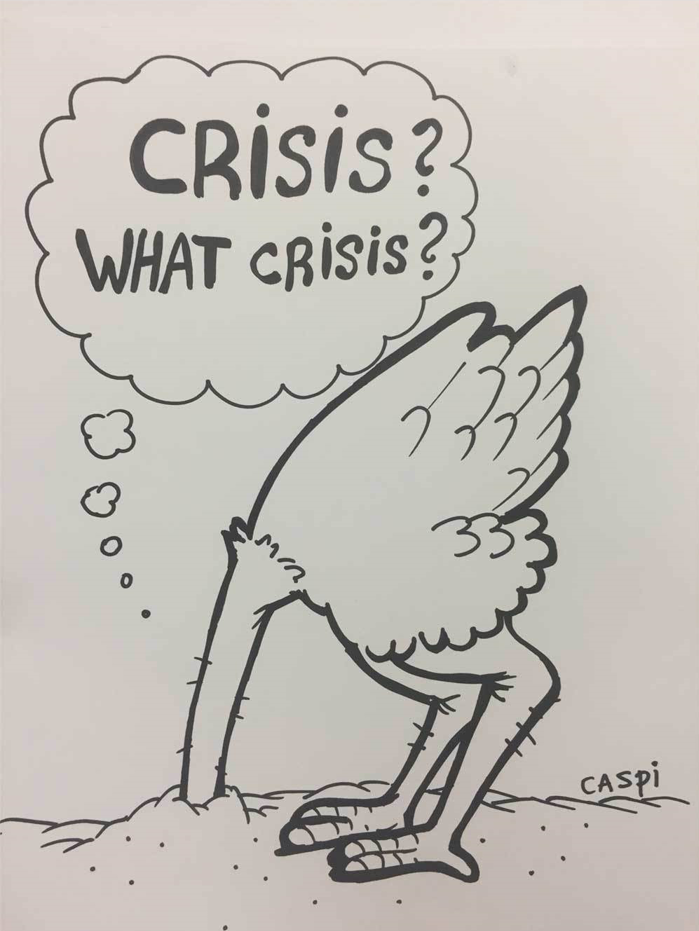
Illustration by Yuval Caspi
Minnesota, is entering the last 3 weeks of this short legislative session and consumer advocacy groups such as Elder Voice Family Advocates and AARP MN are concerned and letting their voices be heard. Without strong protections and response, avoidable abuse, neglect, and mistreatment of these vulnerable adults will continue in the coming years.
An estimated 40% of residents in assisted living residences in Minnesota have dementia.
Many more are likely to have some level of cognitive impairment.
Article By Eilon Caspi
Head in the Sand
A 90 years old resident with Alzheimer’s disease was living in a “memory care” unit of an assisted living residence (ALR) in Minnesota. One evening in 2016, while lying in her bed she called for staff help 99 times over 39 minutes. Nobody came to assist her. Then, around 8:30pm, she fell off the bed. While lying on the floor, she continued to call and cry out for help for 143 times (including multiple loud banging on the bed rail using her small wooden cross). At some point she cried out, “Please help me Lord.” Nobody came to assist her. In total, she called and cried out for help 242 times over the course of an hour and 38 minutes.
It was only after her daughter who watched the incident remotely on a hidden camera alerted the staff to the fall that they came to assist her. A staff member who came into her bedroom asked her, “Were you calling for help?”
When the family showed staff the video of the fall, their response, as reported by another daughter, was, “This is the assisted living model. If she was at home and had hired another home health group to come in, she would have experienced the same thing.”
This daughter reported that a similar incident occurred a month earlier and that the ALR “has done nothing to make improvements” to prevent her mother’s second fall off her bed and provide a timely response. The daughter wrote that without the hidden camera, the family wouldn’t have known what happened to her mother. She reported that the Minnesota Department of Health (MDH) who watched the video didn’t investigate the alleged neglect pertaining to the fall and the failure of staff to respond to it. She added, “Facilities will never be held accountable. Lack of regulation and strong lobbying presence paid for by the assisted living groups doesn’t help us much either.”
Permission to use information pertaining to this incident was given by the resident’s daughter.
A Minnesota Senate Aging and Long-Term Care Policy Committee hearing was held on February 28, 2018. The committee heard from leaders of the long-term care (LTC) industry about the abuse and neglect stories reported in the Star Tribune Special Report entitled Left to Suffer: Abused, Ignored Across Minnesota (November 12-16, 2017).
Patti Cullen, president and CEO, Care Providers of MN, said, “We are all deeply disturbed by the stories highlighted in the media.” Carli Lindemann, Vice President of Housing, Knute Nelson, Alexandria, Minnesota, asked, “Is there anything we could have done to prevent this from occurring?”
The short answer is “Yes.”
The warning signs for the current crisis in ALRs and “memory care” units in Minnesota have been widely known across the country for over 20 years. The table below outlines 16 warning signs, including government reports, research studies, and experts’ opinions.
Chronology of Warning Signs in Assisted Living Industry – 1997 – 2018
| Year | Report / Study / Experts’ Statement | |
| 1. | 1997 | General Accounting Office report |
| 2. | 1999 | General Accounting Office study |
| 3. | 2003 | Hearing before the U.S. Senate Special Committee on Aging entitled Assisted Living: Examining the Assisted Living Workgroup Final Report |
| 4. | 2004 | Article by Gruber-Baldini and colleagues |
| 5. | 2005 | Book by Robert Kane and Joan West It Shouldn’t Be This Way: The Failure of Long-Term Care |
| 6. | 2007 | Pace & Love’s book chapter |
| 7. | 2008 | Pace & Love’s “ostrich statement” and call for action |
| 8. | 2009 | Study by Hawes and Kimbell entitled Detecting, Addressing and Preventing Elder Abuse in Residential Care Facilities |
| 9. | 2011 | Study entitled Mistreatment in Assisted Living Facilities by Philips and Guo |
| 10. | 2012 | Hawes’s “ticking time bomb” interview with PBS Frontline |
| 11.
12. |
2013 | Large-scale study by Castle entitled An Examination of Resident Abuse in Assisted Living FacilitiesFrontline and ProPublica investigation and film entitled Life and Death in Assisted Living |
| 13. | 2013/4 | National study of Long-Term Care Providers; and Deadly Neglect report in San Diego County, California |
| 14. | 2014 | National study by Zimmerman, Sloane, & Read |
| 15. | 2015 | Report on growth in complaints of abuse, neglect, and exploitation between 2010 and 2015; and Review of practices and states’ regulatory activity by Brian Kaskie and colleagues |
| 2017-2018 | Star Tribune Special Report Left to Suffer; Report by Office of the Legislative Auditor of MN Evaluation of Minnesota Department of Health Office of Health Facility Complaints | |
| 16. | 2018 | General Accounting Office study entitled Improved Federal Oversight of Beneficiary Health and Welfare is Needed |
Reflection and Policy Implications
Were the numerous warning signs over the past two decades known to the leaders of the assisted living industry in Minnesota?
During the Minnesota Senate Aging and Long-Term Care Policy Committee hearing held on February 28, 2018, Patti Cullen said, “We feel strongly about the need to focus on prevention.” She added: “The industry has zero tolerance for mistreatment.”
If these warning signs were known, to what extent strong, proactive, anticipatory preventive steps were taken (in close collaboration with consumers, consumer advocacy organizations, and MDH) to develop and implement basic and effective measures to protect vulnerable and frail elders from abuse and neglect in ALRs in Minnesota?
Governor Dayton told reporters after the Senate hearing on February 21, 2018, “Although the Department of Health is partially to blame, the real responsibility falls on each and every one of the care providers in the state’s facilities.” He added, “they need to fix the problems, stop breaking state laws and follow moral codes” (Channel 5 ABC Eyewitness News, February 22, 2018).
For the leaders of the LTC industry in Minnesota to ignore the warning signs and allow ALRs to remain a registration-only entity may be at the very least considered immoral and irresponsible and at worse neglectful.
Did the leaders of the LTC industry in Minnesota examine and give serious consideration to adopting the National Assisted Living Workgroup’s 110 recommendations for change including the recommendation to ensure that a state licensure for ALRs is implemented?
Without a reform consisting a comprehensive set of basic safeguards in legislation to protect residents in this rapidly growing LTC setting, vulnerable and frail residents will continue to be at risk of neglect, abuse, avoidable accidents, and other forms of harm.
During the Senate hearing held on February 28, 2018, Gayle Kvenvold, president and CEO, LeadingAge MN, expressed her “deepest apologies” to family members for the abuse and neglect experienced by their loved ones in LTC homes across the state. She described the current state of affairs as “a watershed moment.”
The sorely needed and long-overdue need for a licensure of ALRs in Minnesota combined with ALR’s industry commitment to implementation of evidence-based best care policies and practices will ultimately increase the likelihood that residents will remain safe and free from psychological harm.
It will also fulfill the important promise of ALR as a safe care environment; one that is fully committed to ensuring that vulnerable and frail residents will experience the “highest practical medical, psychological, and social well-being.”
It is their human right.
References
- Serres, C. Star Tribune 5-Part Special Report entitled Left to Suffer: Senior Home Residents Abused, Ignored Across State, November 12-16, 2017.
- U.S. General Accounting Office. Long-Term Care: Consumer Protection and Quality of Care Issues in Assisted Living. Report to Ron Ryan, U.S. Senate, 1997.
- U.S. General Accounting Office. Assisted Living: Quality of Care and Consumer Protection Issues. Testimony before the U.S. Senate Special Committee on Aging, 1999.
- U.S. Senate Special Committee on Aging. Assisted Living: Examining the Assisted Living Workgroup Final Report, April 29, 2003.
- Sloane, P.D., Zimmerman, S., & Ori, M. Care for persons with dementia. In: S. Zimmerman, S., Sloane, P.D. & Eckert, J.K. eds. Assisted living: Needs, practices, and policies in residential care for elderly. Baltimore: The Johns Hopkins University Press, 2001.
- Gruber-Baldini, A. L., Boustani, M., Sloane, P. D., & Zimmerman, S. Behavioral symptoms in residential care/assisted living facilities: Prevalence, risk factors, and medication management. Journal of the American Geriatrics Society, 2004; 52: 1610–1617.
- Kane, L. R. & West, C.J. It Shouldn’t Be This Way: The Failure of Long-Term Care. Vanderbilt University Press, 2005.
- Pace, D.D. & Love, K. Enhancing assisted living: Are collaborative stakeholder efforts necessary? In: Golant, S.M., and Hyde, J., eds. The Assisted Living Residence: A Vision for the Future. Johns Hopkins University Press, 2008.
- Hawes, C. and Kimbell, A.N. Detecting, Addressing and Preventing Elder Abuse in Residential Care Facilities. Report to National Institute of Justice, U.S. Department of Justice, 2009.
- Philips, L.R. and Guo, G. Mistreatment in Assisted Living Facilities: Complaints, substantiations and risk factors. The Gerontologist, 2011; 51(3): 343-353.
- Zimmerman, S., Gruber-Baldini, A.L., Sloane, P.D., Eckert, J.K., Hebel, J.R., Morgan, L.A., Stearns, S.C., Wildfire, J., Maganizer, J., Chen, H.C. & Konard, T.R. Assisted living and nursing homes: Apples and oranges? The Gerontologist, 2003; 43, Special Issue II: 107-117.
- Breslow, J.M. Assisted living is a “ticking time bomb.” Interview of Catherine Hawes. PBS Frontline 2013 (interview held on November 10, 2012).
- Castle, N. An Examination of Resident Abuse in Assisted Living Facilities. A report submitted to the U.S. Department of Justice, 2013.
- Frontline and ProPublica. Life and Death in Assisted Living. PBS, 2012.
- Centers for Disease Control and Prevention. National Study of Long-Term Care Providers. Fast Facts, 2013-14. National Center for Assisted Living.
- Schoch, D. & Sisson, P., Clark, M. (September 8, 2013). Deadly neglect at some San Diego County assisted living facilities. The Center for Health Reporting, University of Southern California.
- Zimmerman, S., Sloane, P.D., & Read, D. Dementia prevalence and care in assisted living. Health Affairs, 2014; 33(4): 658-666.
- National Consumer Voice for Quality of Long-Term Care (2018). More must be done to protect residents of assisted living facilities. News article, February 6, 2018.
- Kaskie, B.P. Policies to protect persons with dementia in assisted living: Déjà vu all over again? The Gerontologist, 2015; 55(2): 199-209.
- Institute of Medicine. Improving the quality of care in nursing homes, 1986. Washington, DC: National Academy Press.
- Office of the Legislative Auditor of Minnesota. Office of Health Facility Complaints. Evaluation Report, 2018.
- U.S. General Accounting Office. Medicaid Assisted Living Services: Improved Federal Oversight of Beneficiary Health and Welfare is Needed, 2018.
Eilon Caspi Can be reached at:
http://dementiabehaviorconsulting.com






